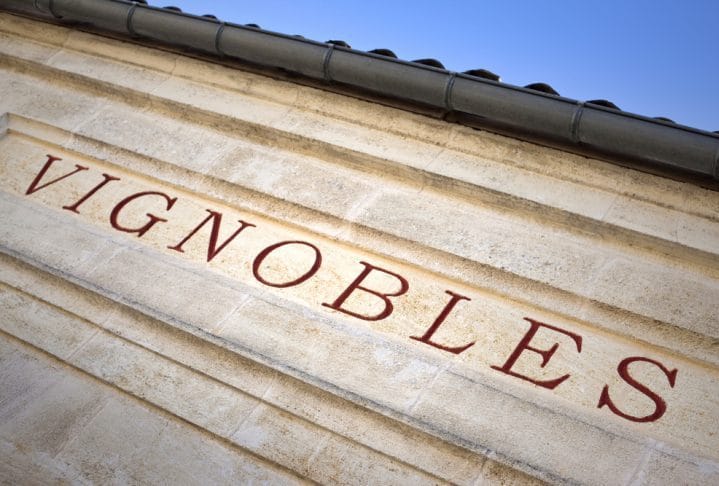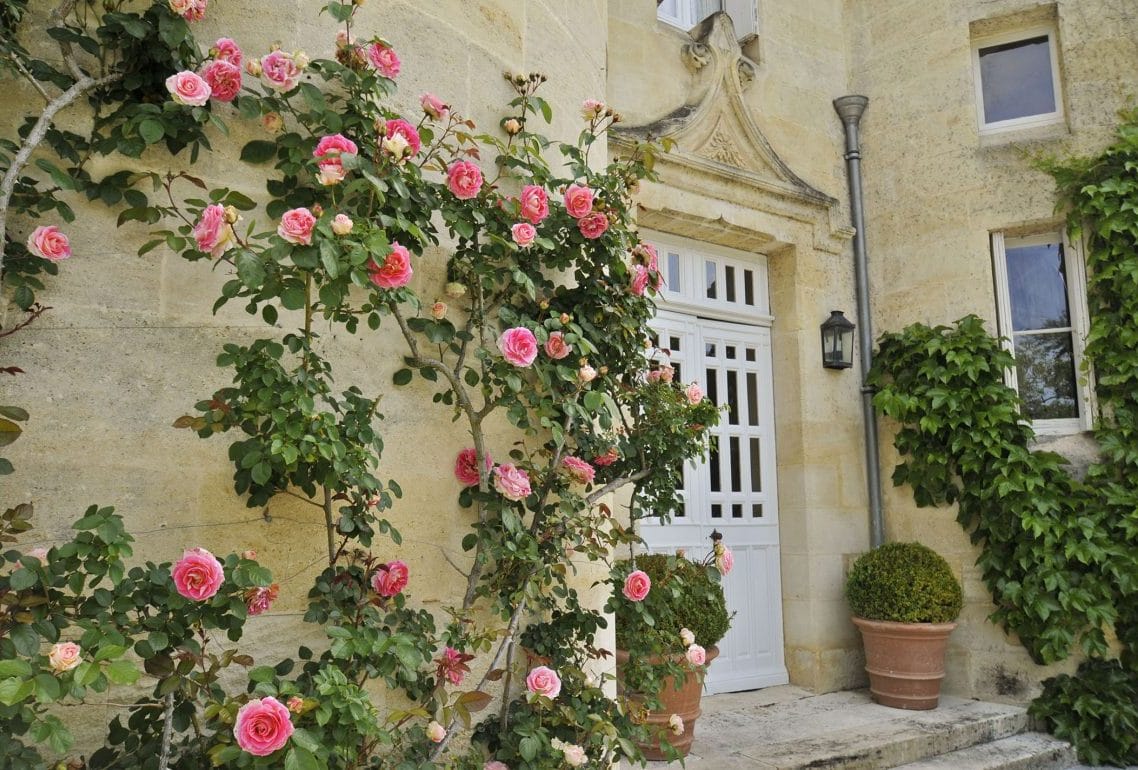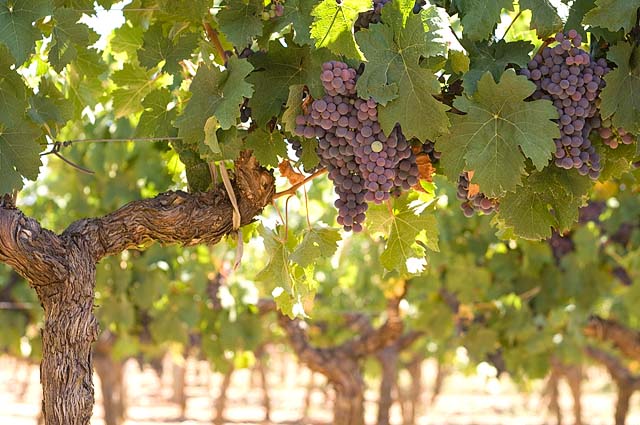Probably the most helpful way to sub categorize and consider the value is based on the nine communes that make up the Saint Emilion vineyards. First however, we need to acknowledge that the Saint Emilion co-operative brings together 187 winegrowers with about 800 hectares of vines or about 15% of the total vineyards of Saint Emilion. This means that a large number of vineyards don’t have direct market access as they sell their fruit under contract each year to the Union des producteurs de Saint Emilion (the grape growers co-operative).
Values have been moving up confidently for Saint Emilion vineyards now since 2011. The vineyards of Saint Emilion are with Pomerol the most prestigious of the right bank and amongst the most prestigious of the whole Bordeaux region. It has been predominately the French that have maintained an interest in the top vineyards of Bordeaux. What we have seen since 2010/11 is that the major owners of the region have been consolidating. As the prices of their wines have reached new heights they have sought to leverage their market position and powerful influence on wine distribution by buying more land and absorbing smaller vineyards.
So where are values at today for Saint Emilion vineyards? Libourne is hard to analyse with the other communes since it is so affected by the development of new housing and commerce for the town that unrealistic premiums are often added to the vineyard values. So, starting at the bottom of the vineyard value range there is the Saint Emilion commune of Vignonet. Sometimes one is tempted to forget that Vignonet is a full Saint Emilion AOC commune but it is because of its history as a marshy area close to the river that it has often been considered the least valuable of the nine communes. It is probably also why it is the only commune that does not have a Saint Emilion Grand Cru Classé in its midst. 2009 to 2010 saw parcels trading in this area for €100,000 to 150,000 Euros. Today the range is 225,000 to 300,000 depending on precise location and condition. Chateau Quercy was an exception with price per hectare achieved at around €600,000 per hectare earlier in 2014 (sold through MSB).
Next Saint Sulpice de Faleyrens which also sits in the plain adjacent to Vignonet. Values here are similar and are not surpassing €300,000 per hectare. That said if a Saint Emilion vineyard owner is seeking to expand they will typically choose Saint Sulpice over Vignonet. Chateau Monbusquet is found within Saint Sulpice de Faleyrens so although it is the only one within the commune, it does have a classified Saint Emilion vineyard within its midst. Saint Pey d’Armens is the third of the three communes found on the flatter sandy-gravels that dominate the plain beneath the village and the river Dordogne. Values here will break €300,000 per hectare especially as vineyards get closer to the south facing slopes of the “Cotes.” In the same way that the first three communes can be considered largely in the same value range, so too can the next three.
Saint-Laurent-des-Combes, Saint Etienne-de-Lisse and Saint Hippolyte all share the slopes and upper plateau and their values will start at €350,000 per hectare rising to well over €1 million per hectare for vineyards that have earned classification such as Chateau Valandraud in Saint Etienne-de-Lisse. Saint Christophe des Bardes has in recent years seen a move upwards in value given that it is the closest commune to the main Saint Emilion village commune where the ultra-high values have been recorded. It is quite possible to see 500,000 Euros per hectare at the low end of this commune and again with classification status that can double. Finally there is Saint Emilion itself where there is the greatest predominance of Classified vineyards. There are Saint Emilion Grand Cru estates within the commune too however, and these will most likely start at around 500,000 per hectare. Classified vineyards will rise to over €3.0 million per hectare as we saw with the sale of Chateau La Clotte in 2014 and for a Saint Emilion Premiere Grand Cru Classé – well, today, that is anyone’s guess?


